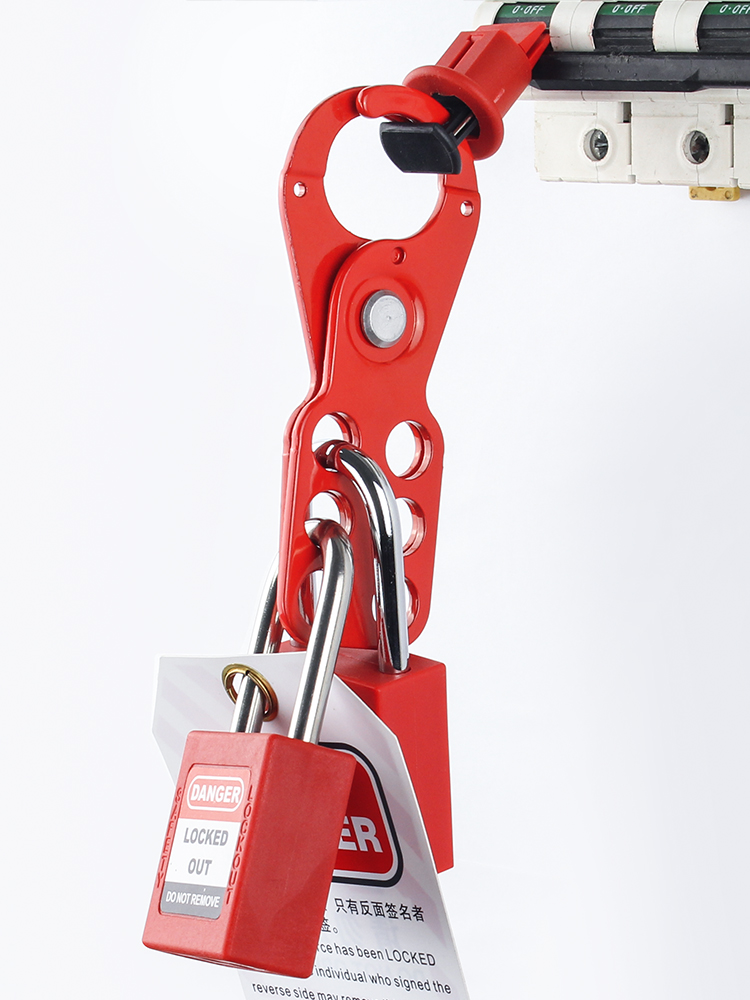Lockout tagout procedures
Controlling hazardous energy in 8 steps
Manufacturing facilities are usually abuzz with machines running and operators ensuring production goals are met. But, occasionally, equipment needs to undergo maintenance or be serviced. And when that happens, a safety procedure called lockout tagout (LOTO) is set into motion to prevent an unexpected startup or release of stored energy. Equipment is shut down, locked out and tagged, and is basically non-operational. Or is it?
Accidents resulting from improper LOTO procedures do, unfortunately, occur. In fact, they are often in OSHA’s annual list of the Top 10 Most Frequently Cited Standards.[1] Failure to contain hazardous energy can cause serious injuries to workers (or even death) caused by burns, crushing, lacerating, amputating or fracturing body parts.[2] And, workplaces can incur fines, too, if it’s determined OSHA’s standard for lockout tagout wasn’t followed.
This standard, The Control of Hazardous Energy (Lockout/Tagout) (29 CFR 1910.147), outlines measures for controlling different types of hazardous energy.[3] This is incredibly important to workplaces and workers alike, as compliant lockout tagout programs can prevent workplace injuries and even death.
Long BEFORE a lockout happens …
If you’re updating or adding new machines and equipment to the workplace, it’s natural to think ahead about how you’ll train your personnel. But before this happens, you’ll need to write energy-control procedures for the equipment that outline the scope, authorization, rules and techniques employees will use.[4] Specifically, you’ll need to include:
How to use procedures
Steps to shut down, isolate, block and secure machines
Steps to place and remove lockout tagout devices
How to identify responsibility for lockout tagout devices
A process for testing machines to verify lockout devices and other energy-control measures are effective
In order to stay compliant, employees who work with machines and equipment must be trained so that they know their LOTO duties and understand the OSHA standard.

Post time: Oct-29-2022






